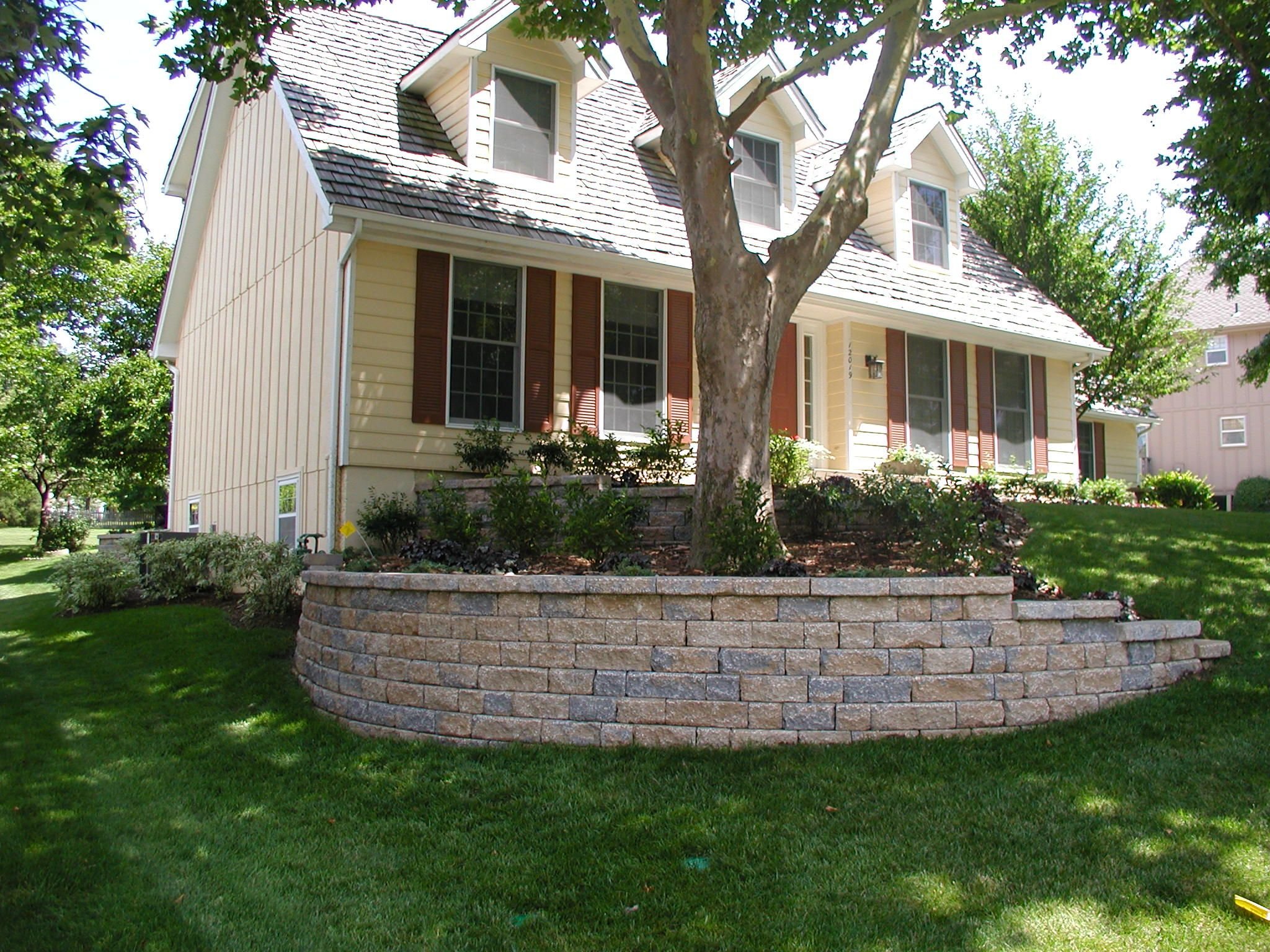Soften Your Retaining Wall by Added Plantings Alongside It in the Lenexa, KS, Area
Retaining walls are usually built for both function and form. If your property is on an incline or there’s a slope, your retaining wall will help keep soil erosion at bay. Your retaining wall can also create visual interest. And if you want to soften its appearance and make your retaining wall blend in more with your surrounding landscape, consider adding plantings alongside it in the Lenexa, KS, area.
Starting the Process: Curating Plantings
Work with your landscape team to come up with a holistic approach for softening your retaining wall. Together, you’ll decide on plantings that work with both the aesthetic of the wall as well as its primary functional purpose. A good first step might be to simply look through a landscaping catalog, identifying with your plantings that make the most functional sense but that also enhance your landscape as well.
Getting all of these details right will help ensure that you’re bringing your retaining wall to the next level. Here are some additional tips to help you get started.
Factor in Your Environment
Ultimately you want to choose plantings that are suitable for the conditions where your retaining wall is located. Consider the amount of sunlight, soil type, and moisture levels. Add flowering plants to add pops of color. Using a mix of annuals and perennials can help soften things as well. All of these will help integrate your retaining wall into your landscape design.
Consider Placement
At the base of your retaining wall, you may want to use plantings that grow to a moderate height and have root systems that aren’t too aggressive. Avoid planting trees or large shrubs that could damage the wall or require extensive pruning. Instead, use smaller shrubs that still add height and dimension.
Be Creative
Other strategies that can help soften things include:
Trailing plantings like ivy that spill over the top of your retaining wall and add a flowing, cascading effect.
Herbs or fragrant plants, like lavender or rosemary, to add a pleasant aroma to the area.
Water-loving plants, like water irises or reeds, if your retaining wall is located near a pond or water feature.
Container plants, like hanging baskets or pots, to add greenery without committing to permanent plantings.
Climbers, such as clematis or jasmine, to add vertical interest and cover the retaining wall with foliage.
A trellis or other vertical structure to the retaining wall to provide support for climbing plants.
Ornamental grasses for texture and movement in the wind.
Caring for These Plantings
As you weigh all of these options, make sure you consider fertilizing, maintenance, and upkeep, so that you’re able to take care of these plantings either yourself or perhaps through your landscaper. Some plantings require much more attention than others. You’ll want to factor the maintenance aspect of things in deciding which plantings you want in your landscape.
ABOUT THE COMPANY
John T. Hermes, our founder, was a man with a dream and a remarkable blend of business acumen and agricultural passion. After graduating from Oklahoma State University with a degree in Agriculture, he spent a decade in agriculture chemical sales and the military before founding Country Fair Lawns in 1965, which later became Hermes Landscaping. Despite his passing, his vision and passion continue to drive the Hermes team, inspiring them to uphold his legacy and commitment to excellence in the company's endeavors.

